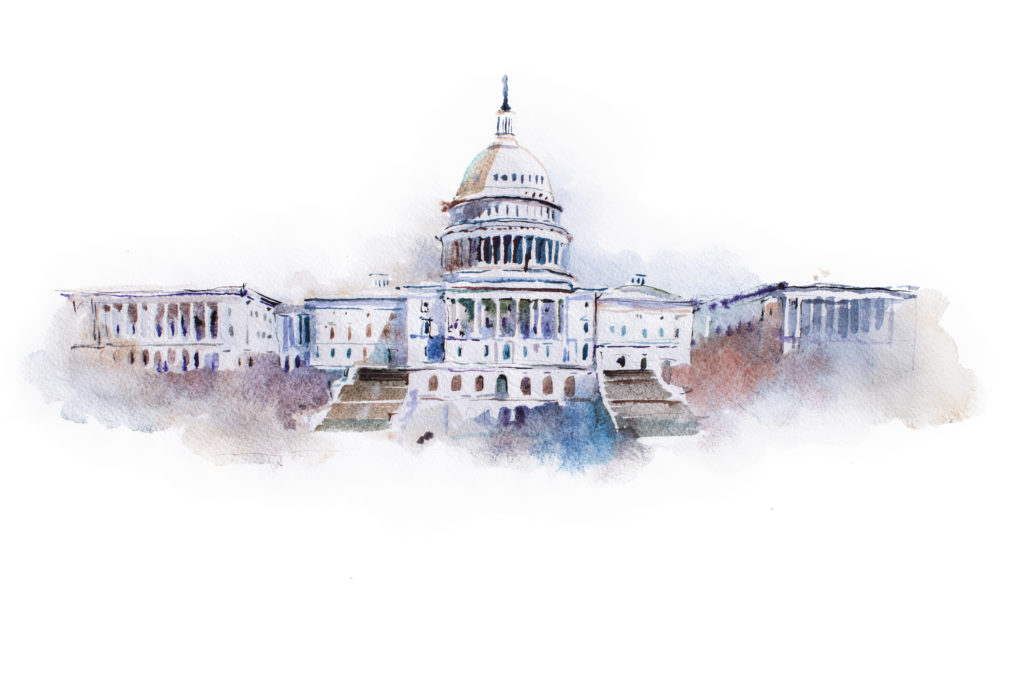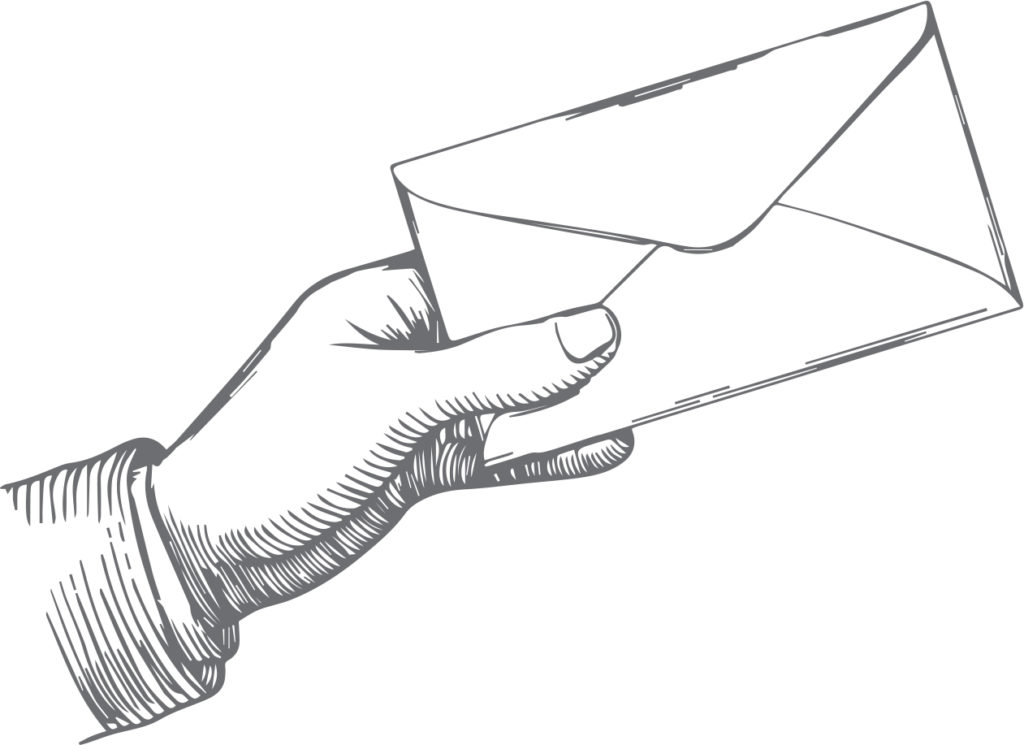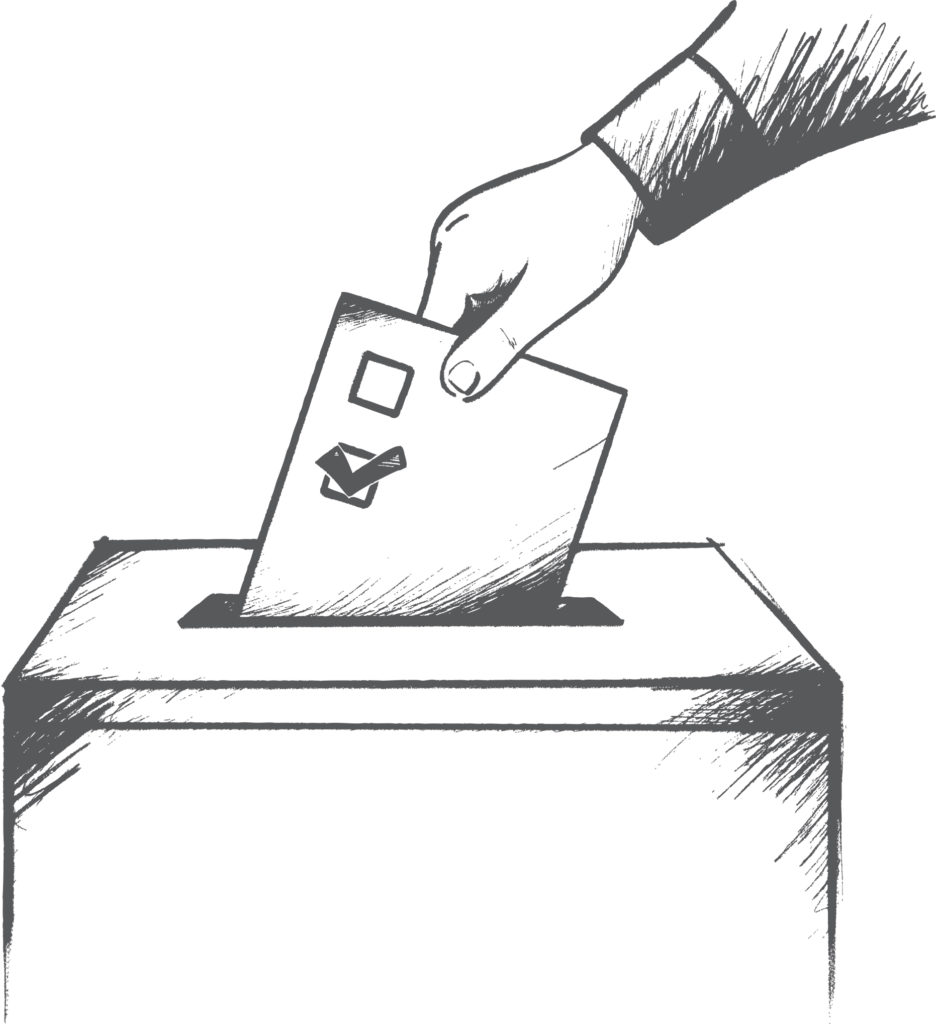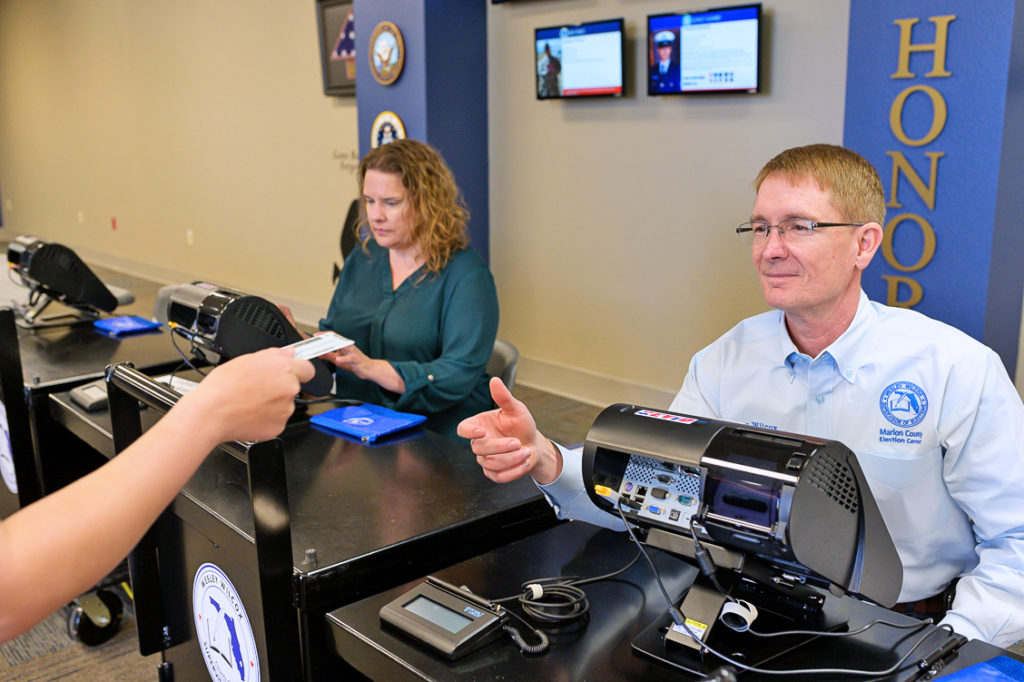 In Marion County, it’s easier than ever to cast your vote! Whether you choose to vote-by-mail or in person, early or on election day, we’ve got the details on the 2020 General Election.
In Marion County, it’s easier than ever to cast your vote! Whether you choose to vote-by-mail or in person, early or on election day, we’ve got the details on the 2020 General Election.
Election day is Tuesday, November 3rd, and more than 250,000 Marion County residents are registered to vote. Are you one of them? Here’s how to find out.
Visit www.votemarion.gov. Click Voters › Check My Registration Status. Enter your name and birthdate to find out whether you are registered to vote in Marion County and where you vote.
Not registered? Register online at www.registertovoteflorida.gov or in person at any tax collector office, public library or the elections office.
Important: The deadline to register to vote in this year’s General Election is October 5th.
Vote-by-mail
In Florida, there is no such thing as an “absentee” ballot. Any registered voter is allowed to vote-by-mail. Simply go online and request a vote-by-mail ballot by October 24th. Your ballot will be mailed to you and you can fill it out at your convenience. Vote-by-mail ballots do not require postage and can be returned by mail or any drop box located at early voting sites (during early voting hours Oct.19th-31st, 8am-6pm) and the elections office. To be counted, vote-by-mail ballots must be received (not postmarked) by the elections office by 7pm on election day. Vote-by-mail ballots must be signed by the voter.
“I personally vote-by-mail and so does my family,” says Supervisor of Elections Wesley Wilcox, “so you can trust that vote-by-mail is secure.”
He explains that a voter can track the status of his or her ballot online at www.votemarion.gov to get details about when it was requested, sent, received and counted.
New this year, voters can sign up to receive either text or email notifications about the status of their ballot by visiting www.marionballottrax.com or by scanning the attached QR code.
“The greatest threat to the 2020 elections is to undermine voter confidence in the electoral system through misinformation and disinformation,” Wilcox notes. “Florida is one of the most, if not the most, engaged state working with the Department of Homeland Security on securing election systems infrastructure.”
How to Vote
There are three ways to cast your vote:
- Vote-by-mail
- Early voting
- Election day
 Vote-by-Mail Myths: Busted
Vote-by-Mail Myths: Busted
Myth: Most vote-by-mail ballot are rejected because the signature doesn’t match.
Fact: Only a minuscule number of vote-by-mail ballots are rejected, usually because there is no signature at all. The voter’s signature is examined to verify it matches the signature on the voter’s record. If the signature matches, the ballot is accepted. If there is no signature or a signature mismatch, the voter is immediately notified and has until two days after the election to provide their signature.
Myth: If you vote-by-mail, you can vote again on election day.
Fact: When your vote-by-mail ballot is received at the elections office, your voting status is updated. This prevents a voter from voting twice in the same election.
Myth: Vote-by-mail ballots are only counted if needed.
Fact: Vote-by-mail ballots are actually counted first. Beginning 22 days before the election, the Canvassing Board, made up of a county judge, a county commissioner and the Supervisor of Elections, convenes at an advertised time to publicly open and count all accepted ballots.
Myth: Vote-by-mail ballots are not kept secret.
Fact: When the Canvassing Board opens vote-by-mail ballots, one person removes the ballot from the envelope and hands it to the next person, who unfolds it and places it facedown. Once all ballots from a precinct have been opened, they are inserted into a high-speed reader to be tabulated. The total count is then verified against the number of ballots accepted.
Myth: Vote-by-mail ballots are not actually secure.
Fact: Vote-by-mail ballot results are securely stored until after the polls close on election day. By 7:30pm on election day, a copy of the first set of unofficial results is published online, which contains the total of all accepted vote-by-mail ballots. Vote-by-mail ballots are included in the public manual audit conducted after each election by the Canvassing Board.
Early Voting
If you don’t want to vote by mail but don’t want to wait in line on election day, a great option is early voting.
“Voters who prefer to cast their ballot in person and avoid crowds on election day are encouraged to vote early,” Wilcox says.
From Monday, October 19th through Saturday, October 31st, any registered Marion County voter can vote at any of the county’s nine early voting sites between 8am-6pm.
 Marion County Early Voting Locations:
Marion County Early Voting Locations:
- Marion County Election Center, 981 NE 16th St.
- Belleview Public Library, 13145 SE Hwy. 484, Belleview
- Deputy Brian Litz Building, 9048 SW State Road 200
- Dunnellon Public Library, 20351 Robinson Road, Dunnellon
- Forest Public Library, 905 S Hwy 314A, Ocklawaha
- Freedom Public Library, 5870 SW 95th St.
- Mulberry Center, 8445 SE 165th Mulberry Lane, The Villages
- Reddick Community Center, 4345 NW 152nd St., Reddick
- Silver Springs Shores Community Center, 590 Silver Road
Election Day Voting
If you vote on November 3rd, Florida law requires that you vote at your own precinct, determined by where you live. To find out where your polling place is located, visit www.votemarion.gov and click Voters › Check My Registration Status. Polls are open from 7am-7pm, and every voter in line at 7pm will be allowed to vote.
When you check in at the polls, election workers are required to verify your photo identification and signature. A photo ID may include a Florida driver’s license, Florida identification card, U.S. passport, military or student ID, retirement center or neighborhood association ID, concealed weapon license or government employee ID card. Please note if your photo ID does not include your signature, you will also be asked to present a second form of identification that contains your signature. A voter information card is not required and is only for your information.
Florida is a paper ballot state. You fill in your selections with a pen and deposit your vote in the ballot box. The ballot box uses an optical scanner that reads the paper ballot, tabulates and securely transmits a copy of the results.
Although Florida is a closed primary state, party does not matter in the general election. Voters registered Democrat, Republican or no party affiliation can vote for any candidate.
Want to see what’s on the ballot? Sample ballots are now available online at www.votemarion.gov. Click Sample Ballot, enter your information, and click View Sample Ballot to see the local, state and national races you’ll be voting for as well as constitutional amendments. You are allowed to print and bring your sample ballot with you into the voting booth.
Election Security
 Marion County Supervisor of Elections Wesley Wilcox has more than 20 years’ experience in systems administration and information technology. He serves as a local representative on the executive committee of the Elections Infrastructure Information Sharing and Analysis Center and is the only representative from Florida. The Marion County Elections Center belongs to the Multi-State Information Sharing and Analysis Center and has requested that the Department of Homeland Security scan computer systems to check for vulnerabilities. Virus software, malware and firewalls are in place, along with a password tester and up-to-date network security. All elections center employees have passed a cyber security awareness course through the Florida Department of Law Enforcement.
Marion County Supervisor of Elections Wesley Wilcox has more than 20 years’ experience in systems administration and information technology. He serves as a local representative on the executive committee of the Elections Infrastructure Information Sharing and Analysis Center and is the only representative from Florida. The Marion County Elections Center belongs to the Multi-State Information Sharing and Analysis Center and has requested that the Department of Homeland Security scan computer systems to check for vulnerabilities. Virus software, malware and firewalls are in place, along with a password tester and up-to-date network security. All elections center employees have passed a cyber security awareness course through the Florida Department of Law Enforcement.
The Marion County Elections Center is under 24-hour camera surveillance and doors are alarmed and monitored by a third-party security service and have restricted key card access.
All Marion County voting equipment is certified by the state and must pass rigorous testing prior to each election. A public logic and accuracy test verifies the equipment and will accurately examine, count and record votes exactly as marked by the voter. All voting equipment is sealed prior to and recorded before delivery to the polls.
On election day, individual paper ballots are locked up and returned to the elections office, along with paper results printed at each precinct, to be verified against the electronic copy. Precinct results are encrypted and electronically transmitted to a stand-alone server that has no connection to the internet to tabulate and report election results.
After the election, paper ballots are securely stored under video surveillance for 22 months and can be rescanned or verified by hand if needed. A public manual audit is conducted after every election to ensure counts are correct.
Now Go Vote!
 “Voting is one of the most, if not the most, important rights and responsibilities that U.S. citizens have,” Wilcox maintains. “Many generations of Americans sacrificed to preserve our nation’s democracy and ensure our freedom is protected. Honor them with your vote.”
“Voting is one of the most, if not the most, important rights and responsibilities that U.S. citizens have,” Wilcox maintains. “Many generations of Americans sacrificed to preserve our nation’s democracy and ensure our freedom is protected. Honor them with your vote.”
BY THE NUMBERS
Marion County
Registered voters: 258,894
Democrats: 82,602
Republicans: 117,802
Others: 58,490
Election Workers: 700+
Marion County Precincts: 122
Early Voting Sites: 9
General Election: Important Dates
October 5th: Deadline to register to vote
October 19th-31st: Early voting
October 24th: 5pm Deadline to request a vote-by-mail ballot
November 3rd: Election day






